SEO-Friendly Website Development: Key Strategies for Higher Search Rankings
Digital marketing’s effectiveness hinges on web development and design. Your website serves as the primary online interface for engaging with potential clients. If your Shopify or WordPress site falls short in performance, your business is losing out on sales opportunities. Ensuring your website presents a positive image and offers user-friendly navigation is crucial. Yet, prioritizing optimization for major search engines like Google and Bing is even more vital, as search engines are a primary source of website traffic. For those looking to boost website visibility and attract targeted visitors, understanding the pivotal role of web development in SEO services is imperative. Below, we will explore the key web development elements influencing your site’s SEO and share practical examples and best practices to yield better results.
6 Primary Factors of Web Development in SEO
Let’s delve into how website development elements affect SEO and influence search engines’ perception and ranking of your site.
1. Website Structure and User Experience
Consider your website as a meticulously organized library where a well-structured layout and user-friendly navigation assist both visitors and search engines. Category pages with side menus enhance user satisfaction and SEO, encouraging repeat visits and brand loyalty and optimizing search engine visibility.
2. Page Speed and Webpage Efficiency
Rapid page loading is essential for user satisfaction and higher search rankings. Tools like Google PageSpeed Insights and GTmetrix offer comprehensive speed reports and optimization guidance. Optimize by resizing images, eliminating unnecessary scripts, and ensuring cross-platform compatibility for desktops, tablets, and mobile devices.
3. On-Page SEO Aspects
On-page SEO involves improving web pages for better rankings, emphasizing page structure and content. Prioritize keyword research and create engaging, high-quality content that aligns with user intent. Naturally integrate target keywords into headings, paragraphs, and image alt attributes while avoiding keyword overuse and maintaining image alt text moderation.
4. Technical SEO Examination
Technical SEO enhances website quality and search engine visibility by refining code. Key elements include sitemaps, SEO-friendly URLs, canonical tags, schema markup, proper redirects, SSL security, site speed optimization, malware protection, and monitoring performance with tools like Google Analytics and Search Console.
5. User-Friendly
SEO also emphasizes accessibility, where search engines favor user-friendly websites that accommodate individuals with disabilities. Including alt tags for images, video transcripts, mobile-friendliness, keyboard navigation, descriptive headings, readable formatting, and clear calls to action are crucial for ensuring all users can access your site.
6. Content Optimization
High-quality, original content that aligns with user intent and delivers value is pivotal. However, your content’s visibility depends on more than just quality. Keyword research and strategic placement within your content are key. Crafting engaging and informative meta descriptions, titles, and header tags also aids search engines in recognizing your content’s relevance to user queries, improving your site’s SEO.
Understanding web development’s role in SEO services is essential for better site performance and increased organic traffic. Optimize your website’s structure, speed, and on-page SEO to establish a strong SEO foundation. Prioritize technical SEO, accessibility, and user experience. Consider partnering with a specialized website development company like MOTAD for expert guidance and efficient optimization.
